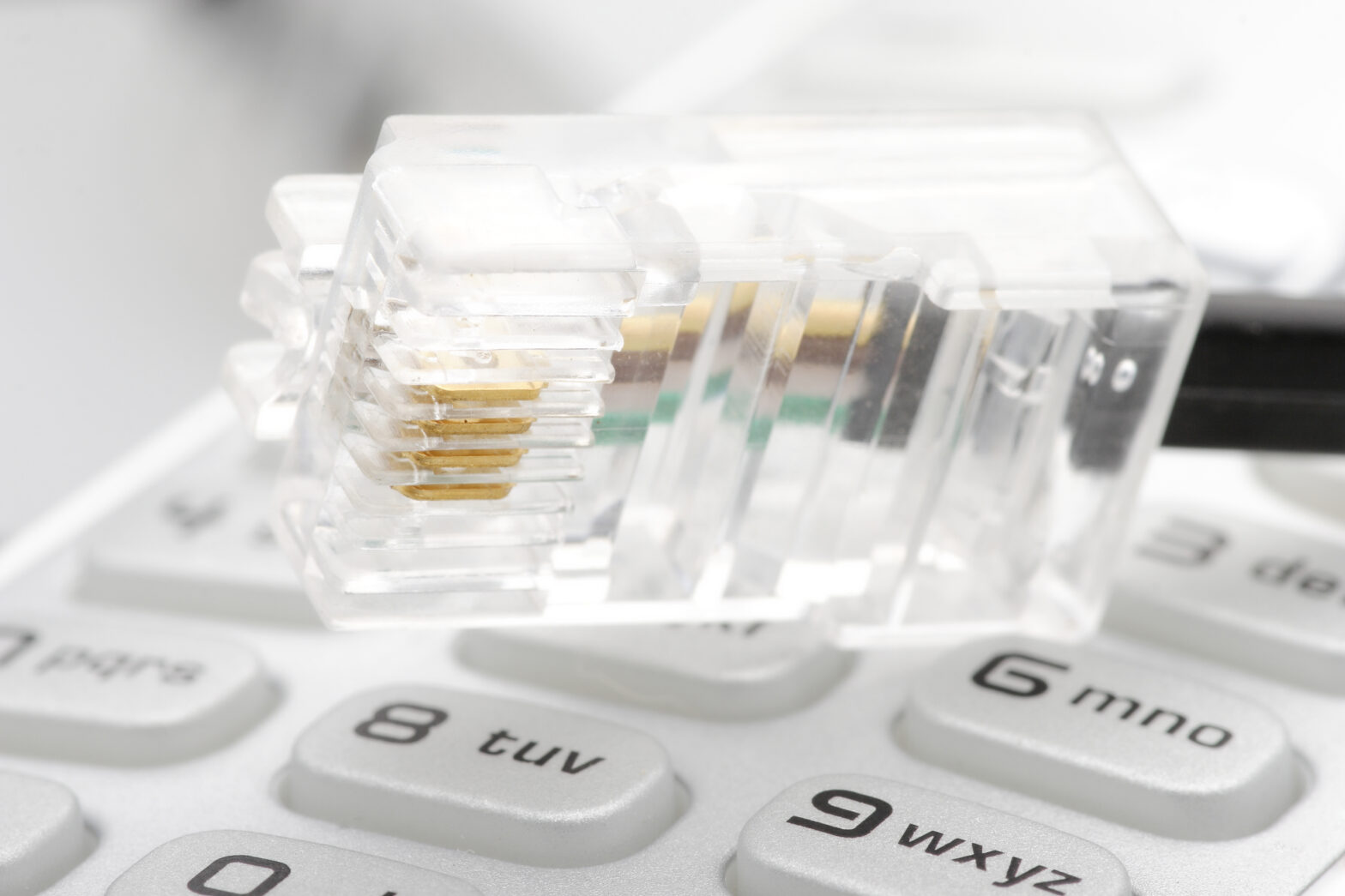In just two years’ time the nation’s telephone system is facing an epic overhaul – yet thousands of businesses are unaware of the changes.
In 2020, businesses will longer be able to purchase the traditional ISDN phone circuits. By 2025 this will be obsolete. However, according to TalkTalk Business 25 per cent of UK firms are unaware of the switch-off date. While the number of ISDN channels has steadily decreased in recent times, more than two million are still thought to be in use.
Related: 5 of the best phone systems for your remote workers
Ed Watts, sales director at Chicane Voice & Data, explores some of the issues surrounding the switch-off.

ISDN: What is it?
The not-so-snappy acronym ISDN stands for Integrated Services Digital Network and dates from the 1980s. This technology basically enables the transmission of digital data over standard phone lines. It allows both voice and data services to be delivered over digital lines simultaneously. When it launched it was well suited to businesses as it could support early video conferencing systems at the same time as an analogue phone line. Since ISDN is no longer the place to go for video-conferencing or a fast Internet connection its unique selling point has quickly eroded.
Why is BT flicking the switch?
Do you still use your Sony Walkman? It’s the same reason – the technology has moved on considerably. It’s also very expensive for BT to maintain multiple legacy networks. By converging all services – voice and data – to the IP protocol, BT only has to maintain one network, not several.
What’s the alternative?
Step forward VoIP. It’s hardly new – it’s been a proven platform for some time now, which goes some way to explain the steady decline in take up of ISDN services. ‘Voice over IP’ transmits voice traffic over the Internet. It has many advantages over ISDN too; it is much quicker to provision new lines, you can reduce your line rental due to needing fewer physical lines, and it is vastly scalable and flexible – for example you can redirect calls to different parts of the country at the flick of a switch, or have a single phone number follow you around the world irrespective of where you are working.
Is your Internet good enough to deliver VoIP?
Luckily over time the broadband network has improved greatly, especially with the advent of – apologies for another not-so-snappy acronym – FTTC (fibre to the cabinet). This is coupled with the dramatic reduction of the cost of a dedicated fibre leased line. If deployed in the correct way (i.e. separating voice and data networks) then VoIP can give you clearer calls and are more resilient in the event of outages and power failures.
Dates for your diary
2020: Five years before ISDN lines will be switched off. Businesses will no longer be able to buy any systems that use these networks. If you plan to refresh or upgrade telephony systems within your organisation in the next few years, you should be looking at a VoIP solution instead of upgrading your traditional ISDN system.
2025: BT plan to have migrated all existing customers to their IP network. This presents an excellent opportunity for businesses to explore VoIP technology prior to the switch off. It is also worth bearing in mind that the end date of 2025 is not set in stone. BT will only shut it down if has managed to switch all customers over to IP services before then. This means that a viable alternative must be available to everyone before 2025.
According to Ofcom, there are 33.2million fixed landlines in the UK and approximately 7.6 million of these belong to businesses.






